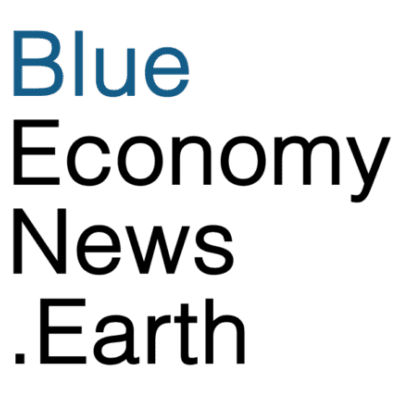SwitcH2 is partnering with wave energy company CorPower Ocean to deliver an industrial-scale floating green ammonia production facility partially powered by wave energy.
Green ammonia’s main use is in agriculture, but it is also considered an important fuel for sustainable shipping because it has no carbon emissions. It does, however, produce nitrous oxide (N2O) emissions which are about 300 times more potent a greenhouse gas (GHG) than CO2. It also produces nitrogen oxide (NOX = NO + NO2). But, with specific treatments, these emissions can be reduced by more than 95 percent.
Making green ammonia requires first making green hydrogen by splitting water molecules into hydrogen and oxygen using an electrolyzer powered by renewable energy. SwitcH2’s plan is to house an electrolyzer on the deck of a large carrier-type vessel in the ocean. The 300 megawatt (MW) electrolyzer would be powered by wind, sun and ocean energy provided by CorPower.
The company would produce the green ammonia and store it in pressurized tanks on the vessel, then export it to shore via dedicated shuttle carriers. The floating facility is expected to reach an annual production capacity of almost 300 kilotons of green ammonia–which the company said is enough to fuel multiple oceangoing vessels for a full year. The project anticipates green ammonia production by 2029.
SwitcH2 is aiming to launch a new open-sea project in northern Portugal utilizing CorPower Ocean’s wave energy technology. The project has backing from Norway-based BW Offshore and Dutch Oceans Capital as well as grant funding from the Dutch Government’s GroenvermogenNL TSE (Top Sector Energie) scheme.
“Jointly we look at a buoyant market for green ammonia which is set to expand 6-fold between now and 2050,” said SwitcH2 Director and Co-founder Saskia Kunst. “Our project will contribute to decarbonize also hard to abate sectors such as global shipping.”
Sweden-based CorPower, which recently received €32 million in Series B funding, has been testing its wave energy technology in northern Portugal.
“Wave energy is one of the largest untapped energy sources in the world,” CorPower Ocean Commercial Director Kevin Rebenius said. “It’s renewable, accessible, and abundant. Crucially, it’s also highly consistent bringing greater stability to the clean energy mix, enabling 24/7 renewable electricity supply allowing industrial processes like this to run at high utilization.”

